DGAO Congress 2024
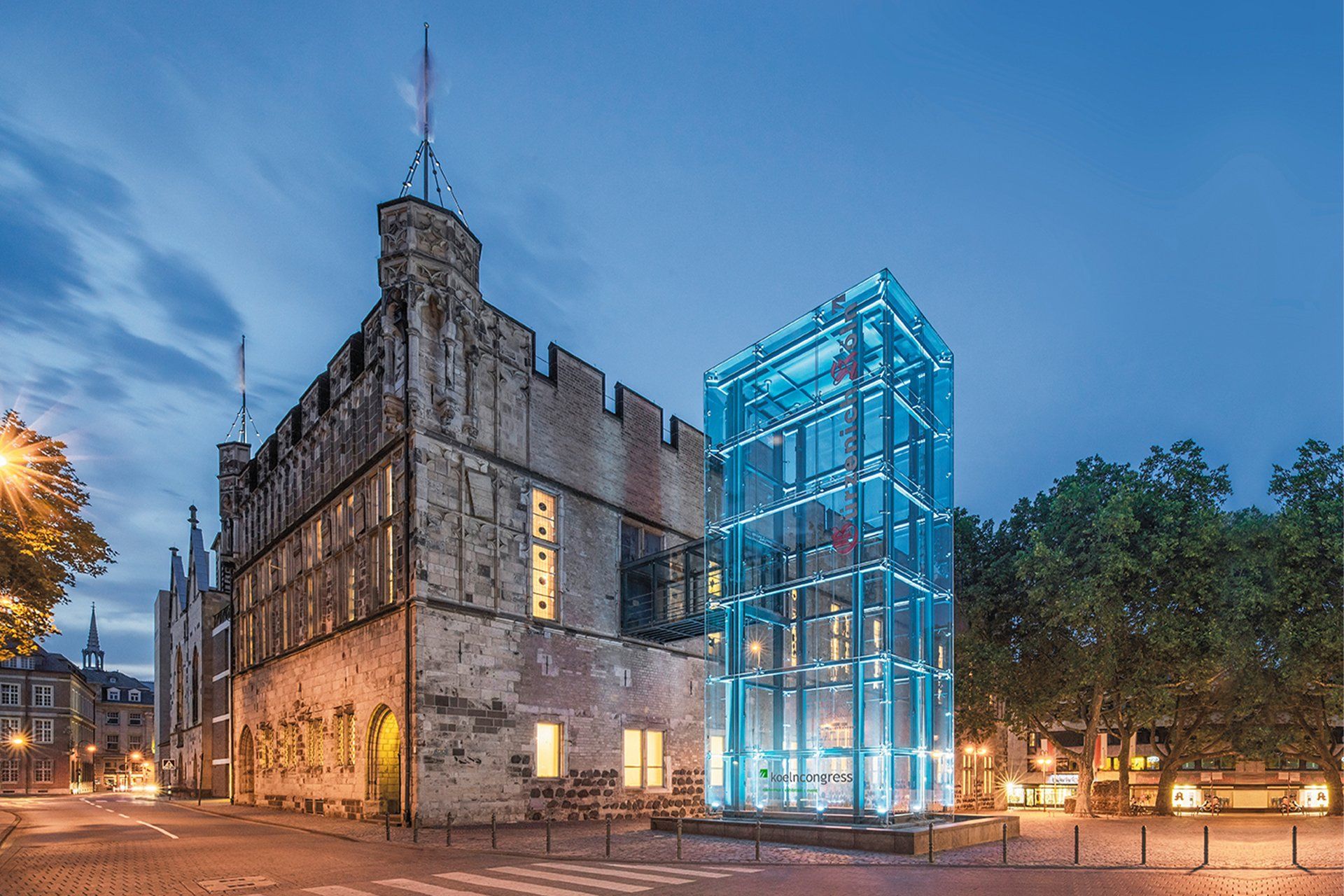
A ‘FRONT PARLOUR’ FOR THE CITY OF COLOGNE
Gürzenich boasts more than 550 years of history as a Cologne venue. After the city’s Rathaus (town hall), today it is considered Cologne’s leading secular structure.
The City of Cologne’s ‘front parlour’ was built by the City Council as a civic ballroom and market hall between 1441 and 1447. The ground floor was initially used as a market hall, and the festival hall on the upper floor formed a distinguished backdrop for social and political events. This was where Cologne’s guests of honour were received, where festivities were celebrated by emperors and princes – but court sessions and a Reichstag were held here as well.
After serving solely as a market hall from the 17th century, medieval festival-hall tradition of Gürzenich was revived in the 1820s. With no other Cologne festival hall able to compete with the size or tradition of Gürzenich, the venue soon rose to become Cologne’s top event location – particularly during the Karneval season.
Even before the Festival Committee Cologne Carnival was founded in 1822, the people of Cologne were dancing at masked balls held in Gürzenich. The Gürzenich also became popular as a music venue. Concerts held in Gürzenich formed the basis for Cologne’s international reputation as a music city, with the city’s musicians named the ‘Gürzenich Orchestra’ in recognition of their concert hall.
Its popularity created a need for additional space. 1855 to 1857 marked the construction of the neo-Gothic annex based on plans by Julius Raschdorff; the festival hall was given a new, neo-Gothic design.
AN ENSEMBLE OF MODERNISM AND GOTHIC
Large parts of Gürzenich were destroyed in 1943. Already in 1948, with housing construction still a high priority, the City of Cologne decided to rebuild Gürzenich – sending a clear signal of the structure’s high status among the citizenry of Cologne.
From 1952 to 1955, the Gürzenich building ensemble was constructed from the Gothic walls of Gürzenich and Old St. Alban based on plans by Karl Band and Rudolf Schwarz. Here, modern architecture combines harmoniously, but also in deliberate contrast, with the walls of the Gothic structures. The building ensemble gained national recognition and enriched the Cologne architectural landscape as an extraordinarily high-quality instance of the ‘organic construction’ of the 1950s.
Adress
Gürzenich Köln
Martinstraße 29-37
D – 50667 Köln
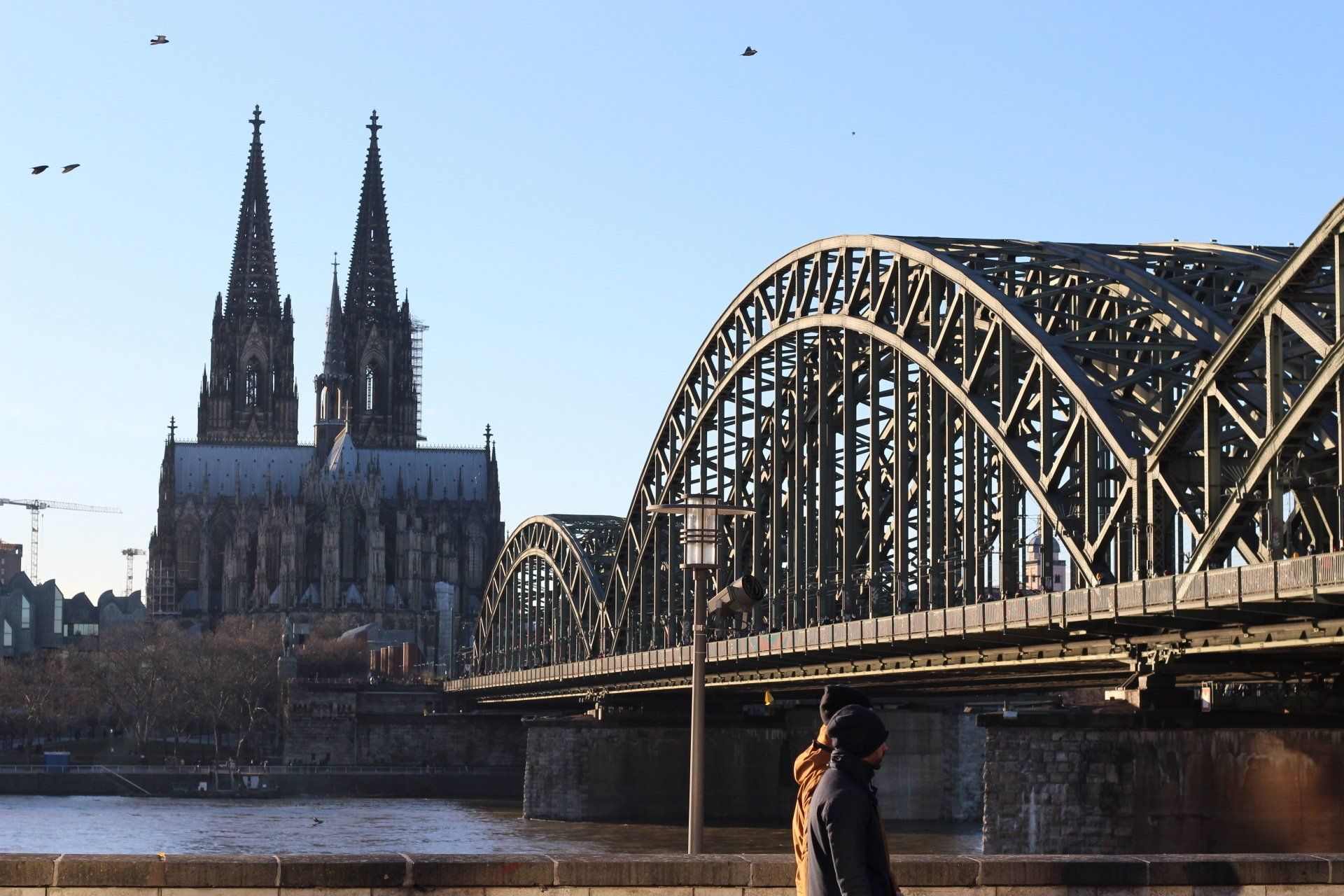
Overnight accommodation in Cologne
We have put together a selection of nearby hotels for your stay in Cologne.
We wish you a pleasant stay in Cologne and an unforgettable visit to the congress.
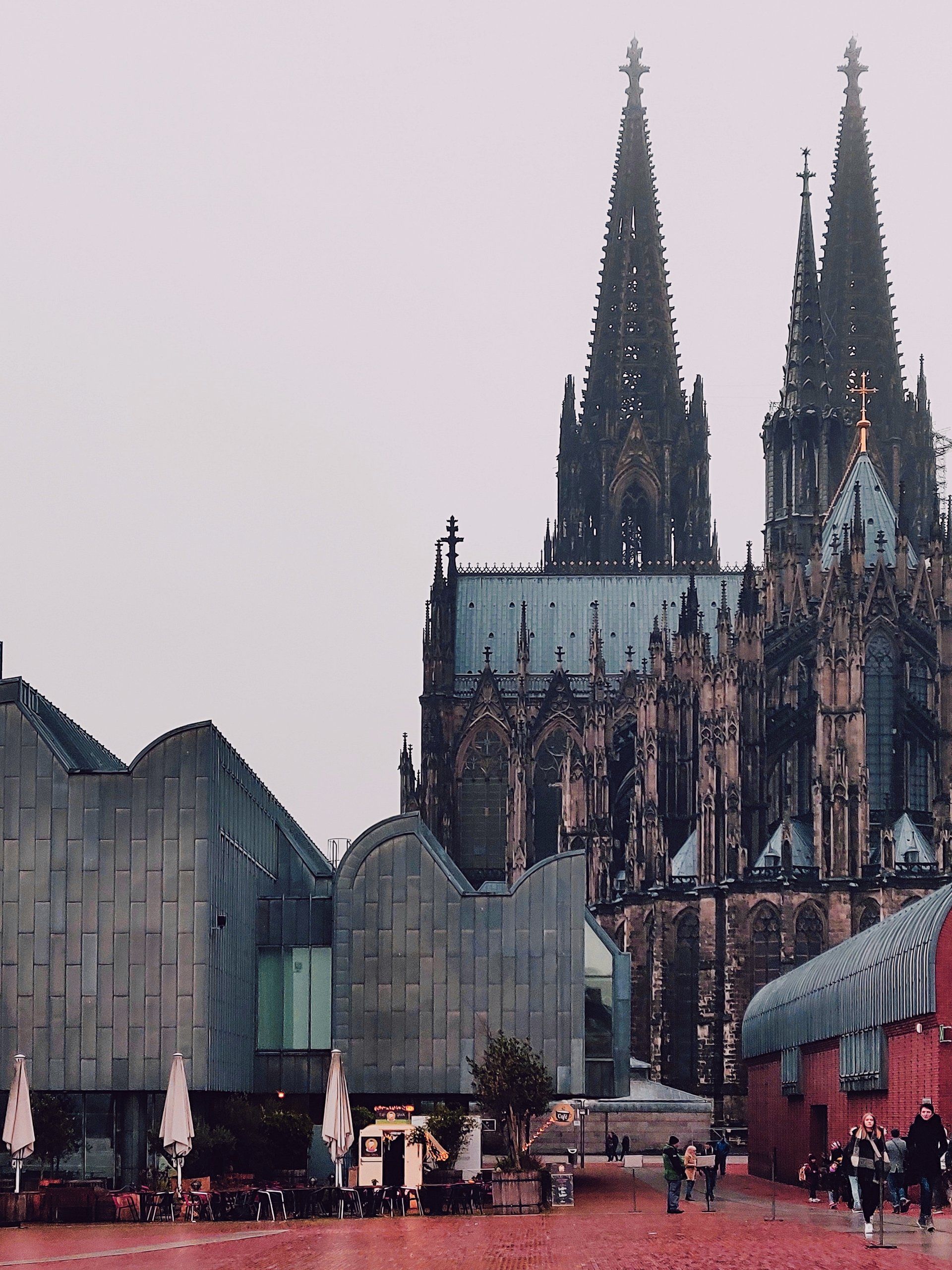
Cosmopolitan and contemporary metropolis on the Rhine.
Cologne is a 2,000-year-old city on the Rhine in western Germany and the cultural centre of its region. The city's landmark is the Gothic cathedral with its two towers. It stands in the rebuilt historic city centre and is famous for its Epiphany shrine and the view over the Rhine.


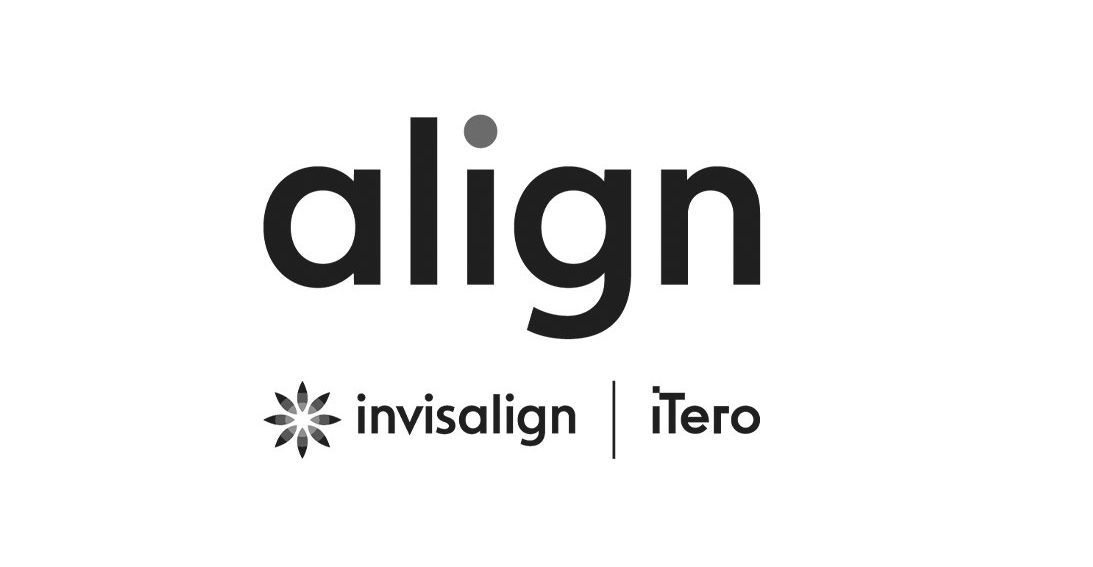
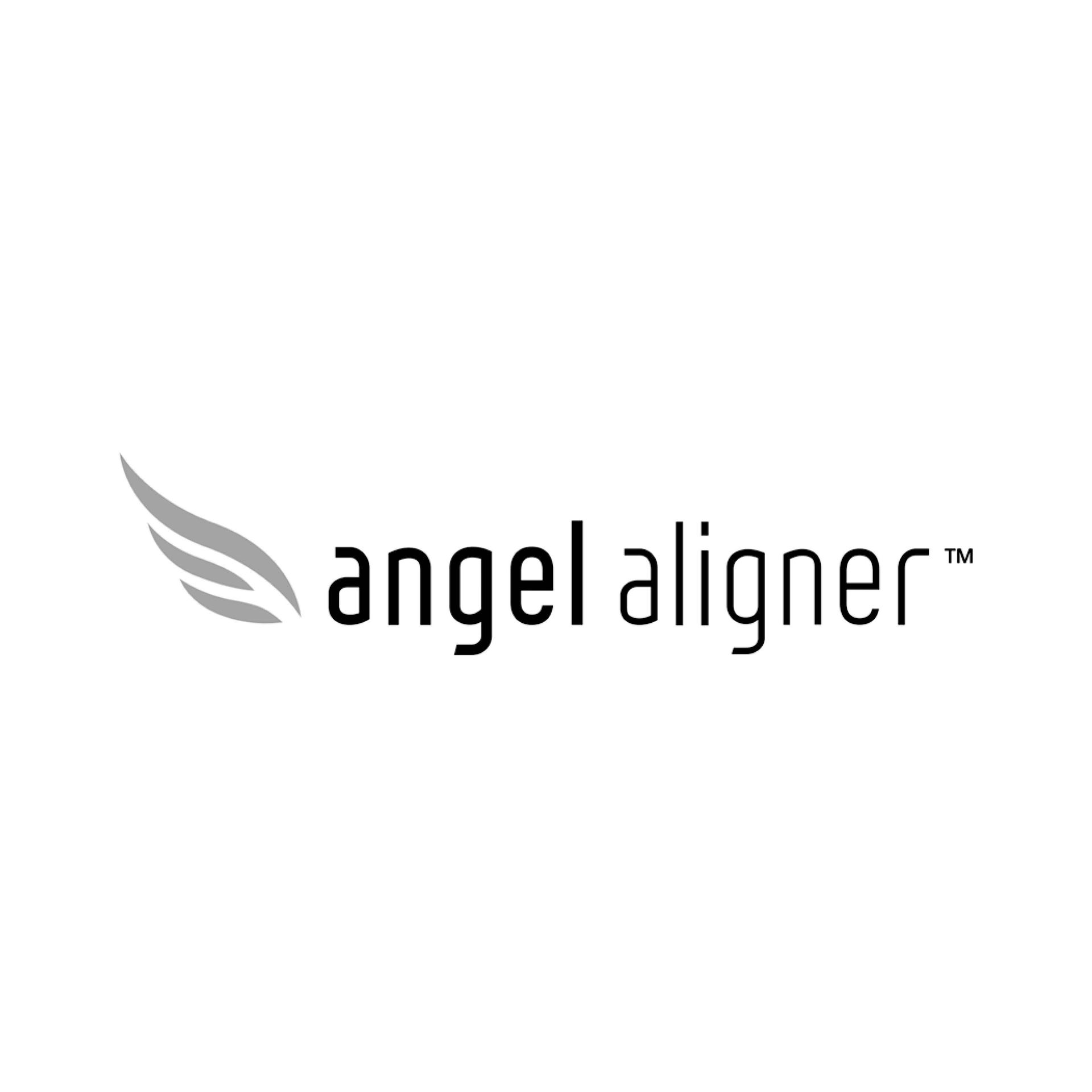
DGAO · Deutsche Gesellschaft für Aligner Orthodontie e.V. | dentevent by A Hoy PR


